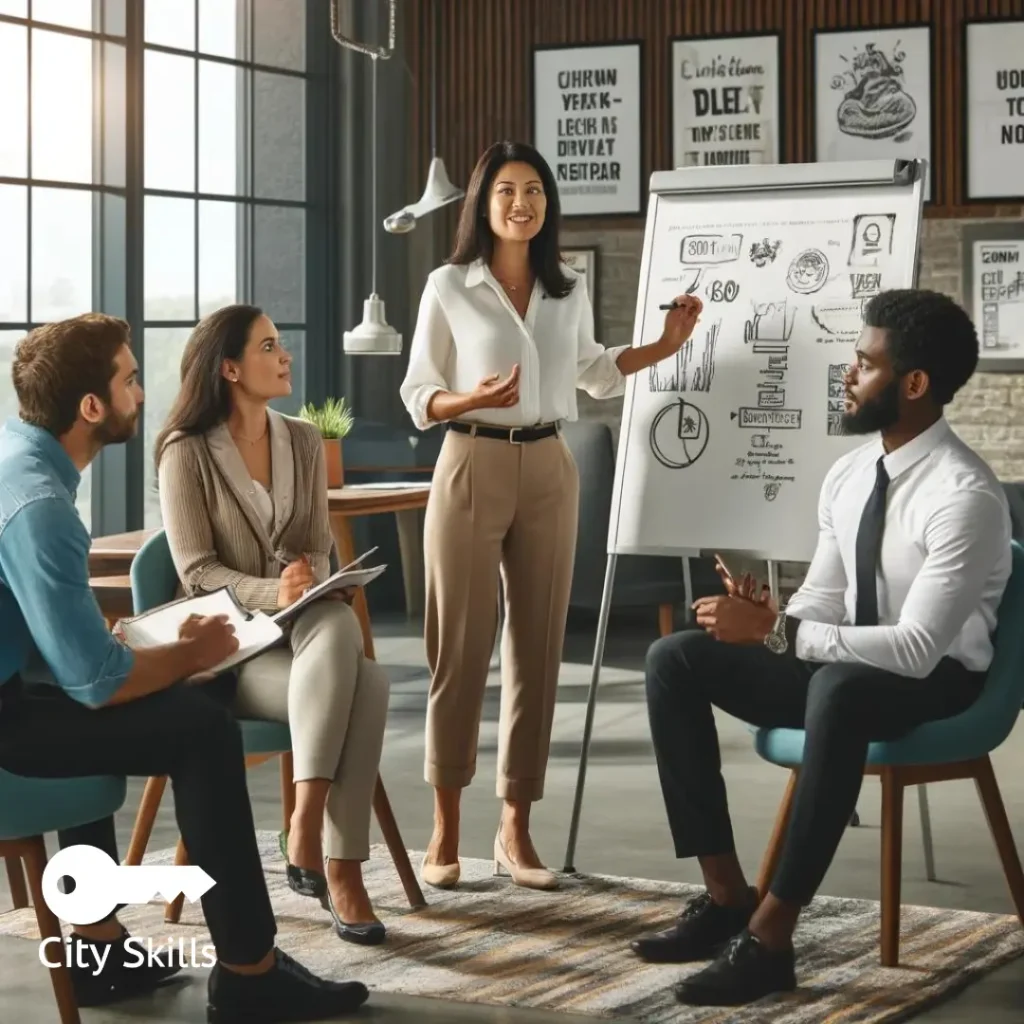
Beyond Signs: Rethinking Road Safety for a Safer Future

When Will We Learn That Signs Alone Can’t Fix Everything?
Have you ever driven under a low bridge, seen a warning sign, and thought, “What could go wrong?” It seems the answer is: quite a lot. Year after year, vehicles continue to crash into low bridges despite clear warnings. Just this year, Boston recorded a shocking 36 incidents. At this point, it’s not just an irritating pattern; it’s a glaring sign of a much deeper issue. So, why do we keep pretending that signs alone will save us?
The Problem with Over-Reliance on Signs
Let’s face it—those warning signs are failing us. If they were effective, we wouldn’t be seeing so many collisions. It’s almost comical, really. A big, glaring sign says, “Watch out for the low bridge,” and yet zoom, the truck goes right under it. This suggests that simply telling drivers to be careful isn’t cutting it. It’s a bit like telling a child to behave in a sweet shop. Temptation is everywhere, and the signage just doesn’t align with reality.
The truth is, people often overlook these signs, either out of distraction or a genuine misunderstanding of their importance. We must consider the human factor. When a driver is under pressure, a warning sign can easily become an overlooked detail. This is not just a case of driver negligence; it reflects a serious flaw in system design. It’s time to rethink our approach.
Innovating for a Safer Future
So, what’s the alternative? Let’s think outside the box. Rather than relying solely on static warnings, let’s innovate. Imagine if we could install sensors and sirens that alert drivers ahead of time, especially those in larger vehicles who might not be used to navigating tricky areas. This might require some investment, but think about the costs associated with accidents. It pays for itself in the long run.
Moreover, creating led displays that light up when a vehicle approaches could catch a distracted driver’s attention much more effectively than a fixed sign. Yes, it’s an extra expense upfront, but the potential for saving lives and reducing damage should far outweigh this initial investment. Wouldn’t it be great to see fewer stories about ridiculous accidents in the news?
Designing for Human Behaviour
One of the most critical insights we can gather from these incidents is the need to design for human behaviour. Our systems should account for the fact that people are just that—people. In high-stress situations, it’s easy for a first-time driver in a large vehicle to miss a sign or misjudge their surroundings. We need to create systems that help prevent these errors rather than just highlighting them after the fact.
Instead of shaking our heads every time we hear about yet another crash, let’s dive deeper and ask ourselves how we can improve our infrastructure. What can we do to transform our roadways into fault-tolerant environments? By identifying the root causes behind these accidents—even if that means admitting our systems have flaws—we can create solutions that genuinely help.
A Shift in Perspective
At City Skills, we believe in a proactive approach. It’s not about pointing fingers; it’s about focusing on improvement. To foster safe travels for everyone, we need to shift our perspective. What if we viewed each incident not as a failure but as an opportunity to learn? How can we apply these lessons to ensure a safer environment for all? Let’s be honest: we’ve all had moments of confusion while driving. A little compassion and a focus on practical solutions can go a long way.
As the saying goes, it’s better to light a candle than curse the darkness. We should take it upon ourselves to explore more effective solutions rather than relying solely on what we’ve always done. Our roads deserve better, and so do we.
So, what do you think? How can we work together to create a safer driving experience? Join the conversation, and let’s explore new solutions together.




